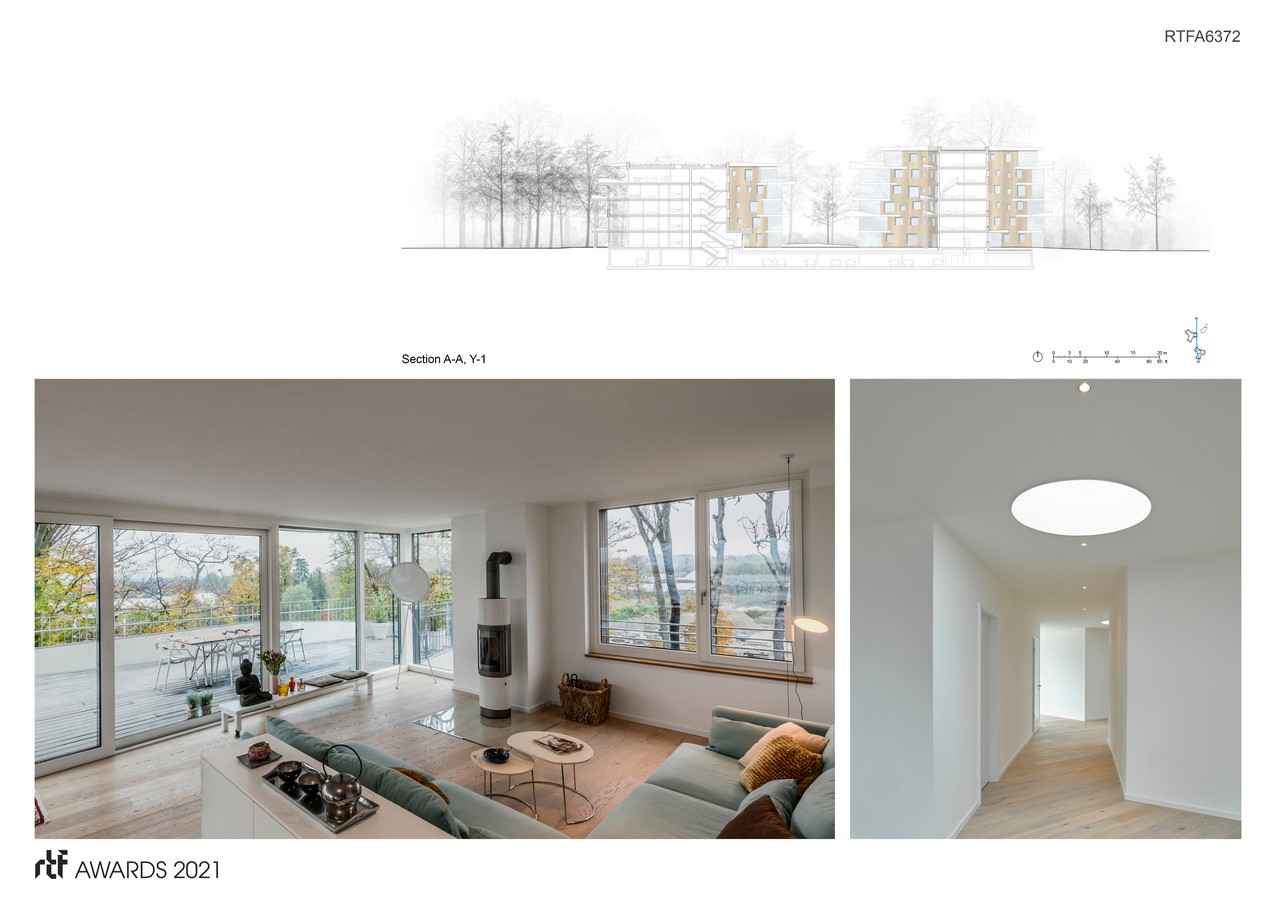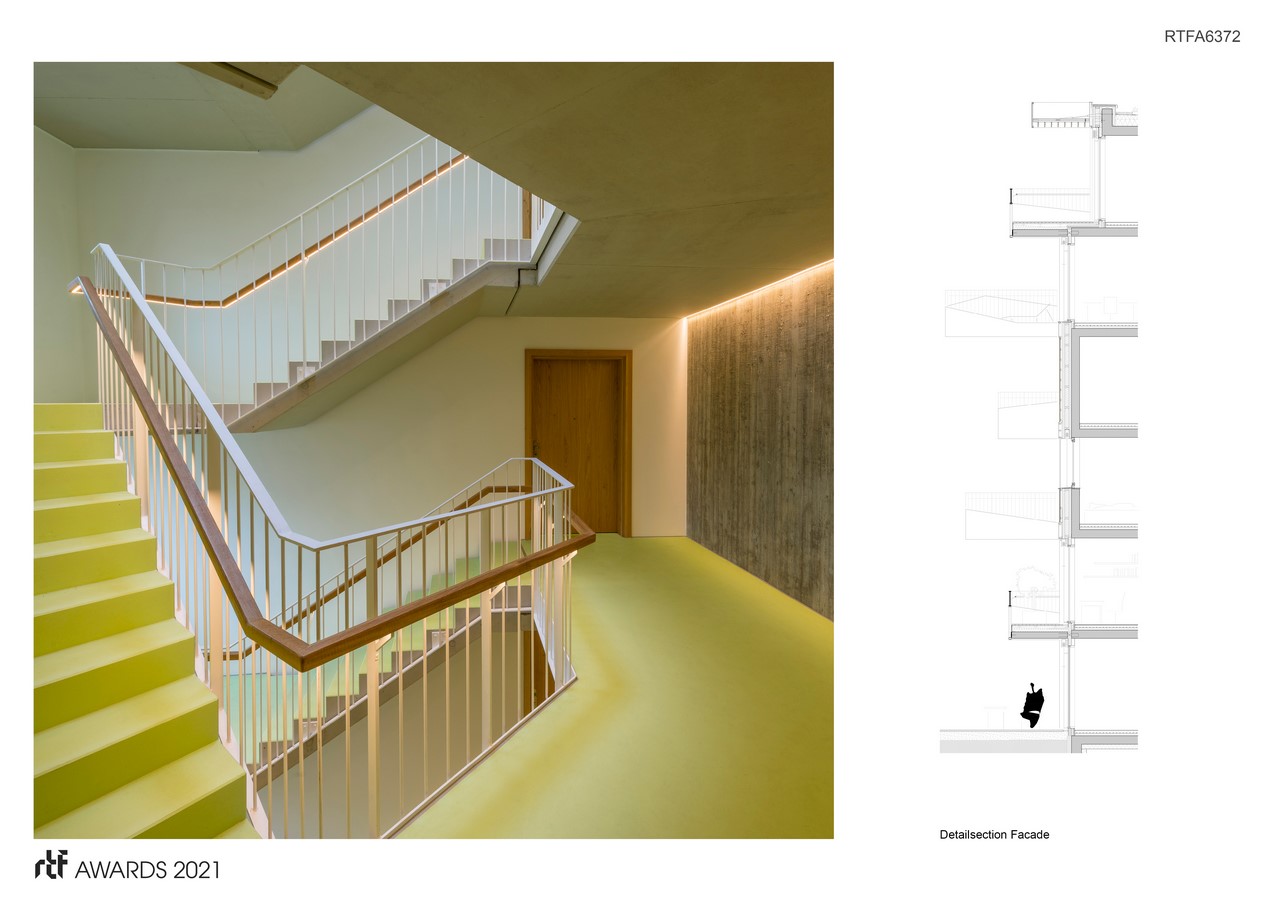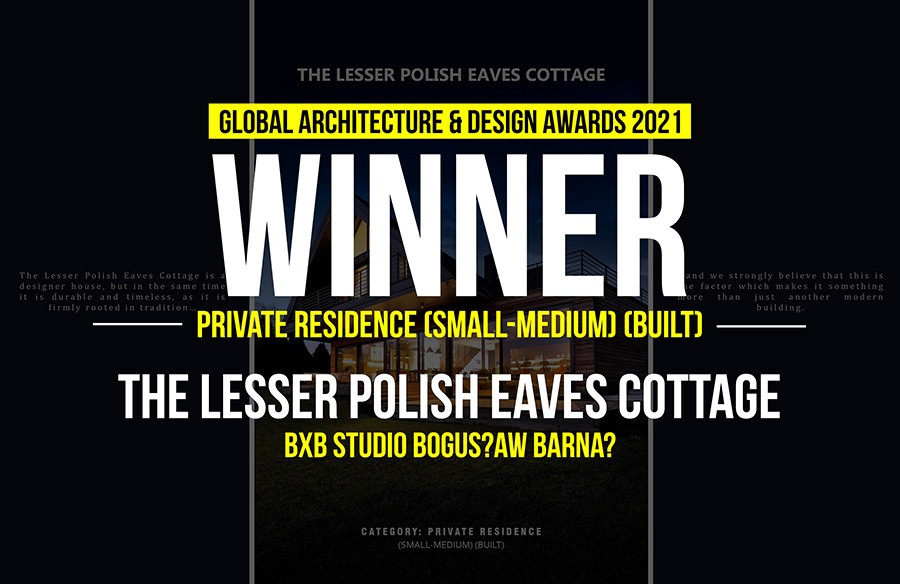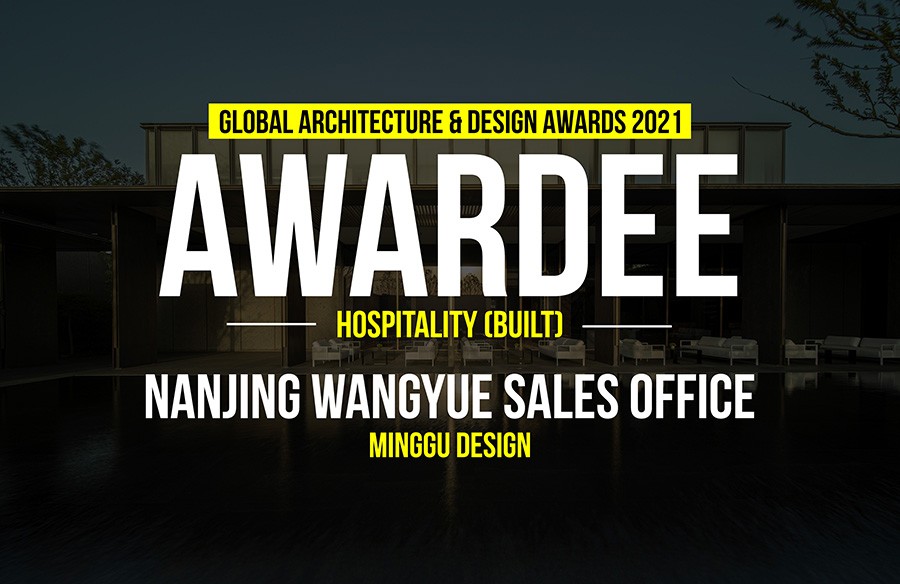The historical buildings of the Alte Spinnerei are protected monuments and have been gently renovated and revitalized. They now join the repurposed buildings, the Quest Forum, loft apartments, and Wohnen am Rosengarten, to create an attractive focal point in the heart of town.
Rethinking The Future Awards 2021
Third Award | Housing (upto 5 floors) (Built)
Project Name: Living in the Spinnereipark, Kolbermoor
Studio Name: Behnisch Architekten
Design Team:
Partner: Robert Hösle
Projectleader: Florian von Hayek
Architects: Alisa Kellner, Christian Glander, Marie Bendova, Julia Bernhard, Eóin Byrne
Auditor DGNB certificate: Magda Czolnowska
Area: 8.020 m² / 86,330 sq.ft.
Year: 2015-2019
Location:
Conradtystraße 2-3
83059 Kolbermoor
Consultants:
Masterplaning: Stadtplanung Breunig
Landscape: liebald + aufermann landschaftsarchitekten
Structural engineer: Guggenbichler & Wagenstaller
MEP: Wastl Ingenieure GmbH
Climate Engineering: TRANSSOLAR Energietechnik GmbH
Electrical: Elektroplanung Kanz
Building physics: PMI GmbH
Fire protection: Brandschutz Consulting
Natural ventilation parking: iket GmbH
Client: Quest AG und Werndl & Partner GmbH
Photography Credits: David Matthiessen

To the west, the site is connected to the Spinnereipark, which has been given a new lease of life and now provides a versatile recreational area. The symbiosis of old and new results in a modern complex of sustainable buildings and offers scope for mixed-use residential and business spaces as well as restaurants—a vibrant quarter in which to live and work.
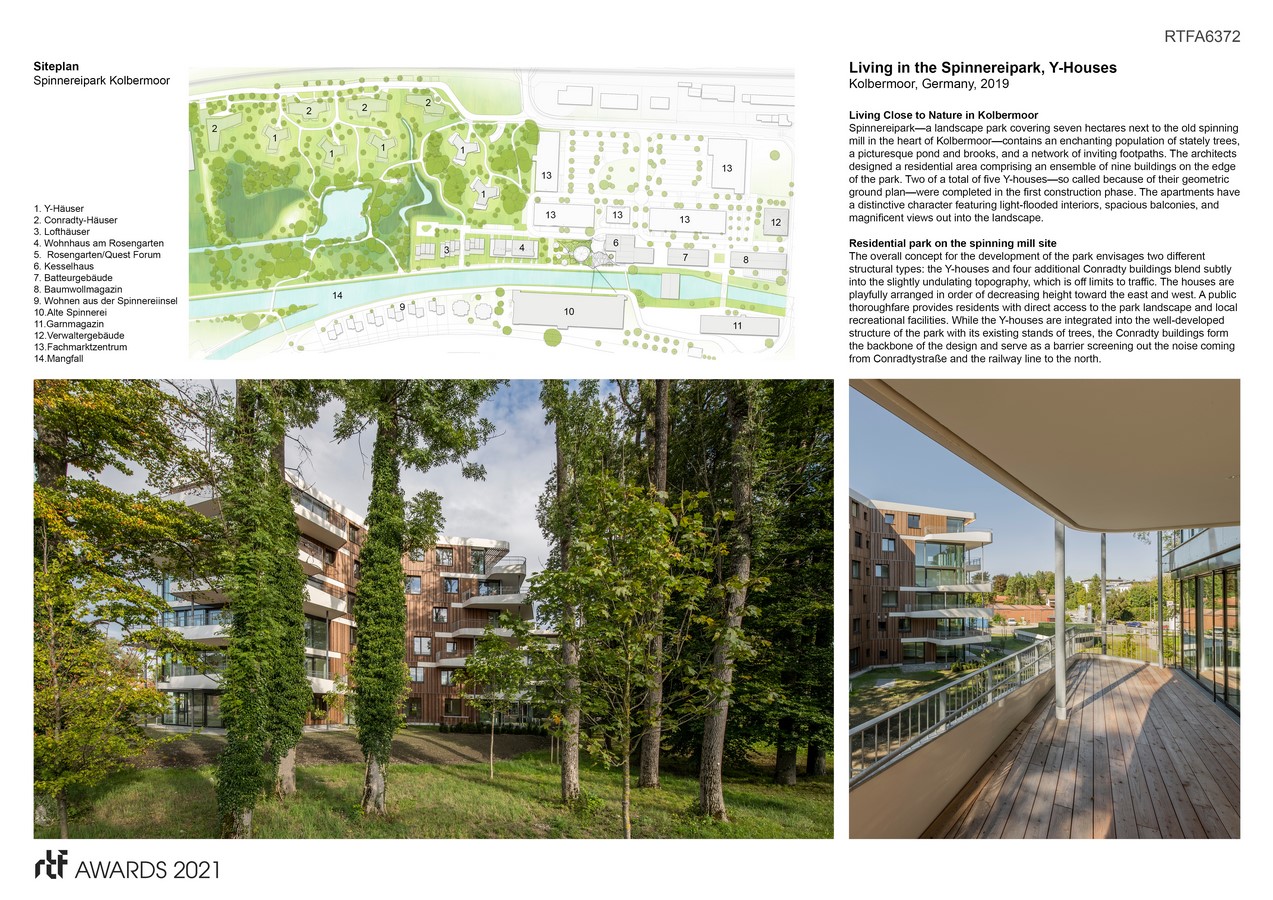
A new urban element on the spinning mill site
The urban planning concept calls for residential use with two building types, comprising five Y-houses—named for their geometric ground plan—and four Conradty buildings. The four to six stories buildings blend subtly into the slightly undulating topography of the traffic-free park. While the Y-houses are integrated into the well-developed structure of the park, the Conradty buildings form the backbone of the design and serve as a barrier screening out the noise coming from Conradtystraße and the railway line to the north.

Building types for optimum residential spaces
The Y-houses were designed as standalone structures to take full advantage of the park’s qualities, positioned in a way to preserve the existing trees and create optimum lines of sight to the Alps, the park, and the historical buildings. The buildings are developed from a solid core that visually dissolves toward the ends of the arms of the Y to dovetail with the landscape thanks to the nuanced arrangement of the balconies. The ground plan ensures that every apartment receives natural light from three sides and offers the maximum possible flexibility. As extensions of the residential spaces, the outward-thrusting balconies on each story feature floor-to-ceiling windows, which create additional, private outdoor areas and allow residents to “live in nature.” The bedrooms looking north and east make use of indirect light, while the kitchens and studies face south and west to catch the daytime and evening sun.

Striking facades with site-specific materiality and color
The facades are notable for the striking horizontal bands of the balcony parapets with their open, glazed sections, which alternate with the closed parts of the wooden frontage. This is articulated through freely arranged, square timber-framed windows of different sizes, while the staggered arrangement of the differently angled white parapets of the projecting balconies and terraces gives the buildings a dynamic appearance. The materials, colors, and feel of the special environment are reflected in the perforated facade with its rough-cut, pre-grayed wooden paneling in various earthy brown and silver tones. In the interior, the warm green-and-yellow leaf tones contrast with oak wood, exposed concrete, white plaster and steel railings.
Two of the five Y-houses were erected in the first construction phase. In 2015, the complex was awarded gold precertification by the DGNB. The project will be realized in four additional construction phases, with completion expected in 2025


